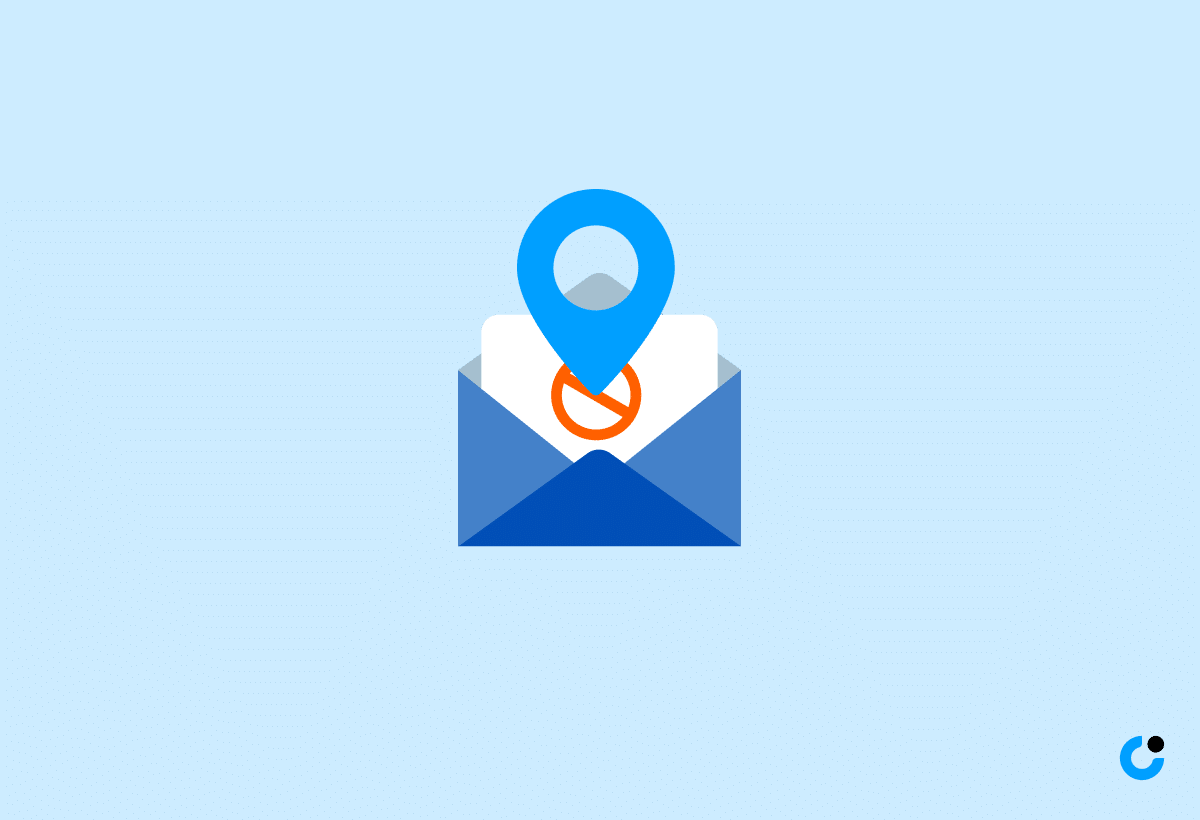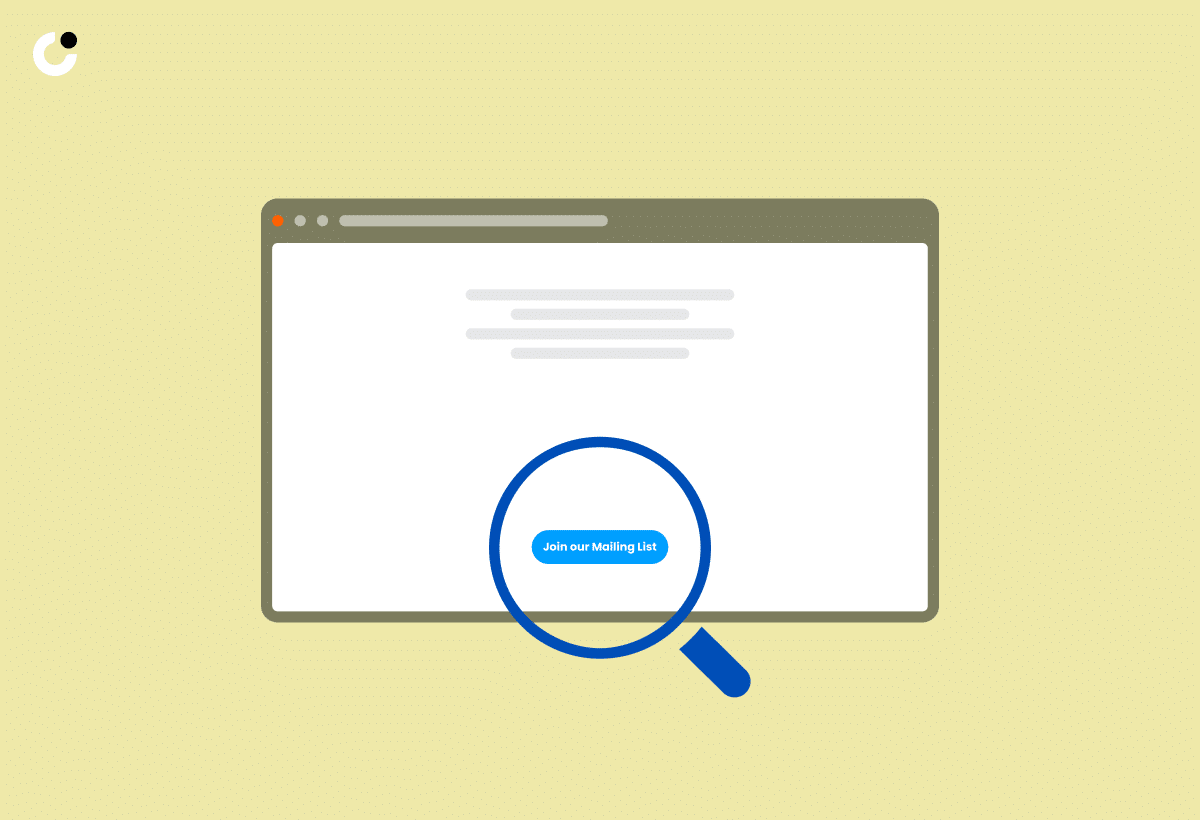Mastering the art of follow-up sales emails is a game-changer in the world of sales. Overcoming rejection is part and parcel of the sales process, but turning that rejection into a learning experience can catapult your success. Get ready to transform your sales approach and forge stronger connections with potential customers by crafting the perfect sales email after rejection.
Key Takeaways
- Navigate the aftermath of a sales rejection with professionalism and use it as an opportunity for growth.
- Embrace rejection to gain knowledge and craft value statements that address customer pain points.
- Analyze rejections, craft professional responses, time follow up emails strategically & add value in order to increase chances of closing deals or recognize when prospects are lost causes.
Navigating the Aftermath of a Sales Rejection Email

While a rejection email may initially be disheartening, viewing it as a chance for growth can change your perspective. The initial step in addressing a sales rejection email is to recognize the intended recipient and maintain a professional tone in your response. Refining your approach and using rejection as a learning tool can help transform these experiences into positive ones, rather than personal affronts.
A key strategy for maintaining a connection with select prospects is to request permission to remain in contact in the future, which can be seen as a connection request.
Embracing Rejection as Part of the Sales Funnel

Recognizing that rejection is an inherent part of the sales process is a key aspect of growing as a salesperson. Embracing rejection allows you to gather useful knowledge and tweak your method. Crafting an opening value statement that addresses a pain point can significantly enhance the likelihood of initiating sales conversations in a positive manner.
For example, an opening value statement might look like this: “We assist (industry) in recognizing email risk vulnerabilities to prevent (pain point). Would it be acceptable to inquire about a few topics to determine if our services may be beneficial to you?”.
Analyzing the Rejection for Clues

Careful review of rejection emails, particularly those in response to cold emails, helps to pinpoint areas where your cold emailing sales strategy could be improved. Consider any signals that may have been overlooked during the process, such as the prospect’s current tech stack. Solicit feedback regarding the overall process or request further clarification regarding the rejection from the decision maker.
Asking a question like, “If financial and logistical considerations were not a factor, would you be open to utilizing our product at this time?” can help determine the underlying cause of the prospect’s email rejection.
Crafting Your Response: The Key Elements

Responding to a rejection email ideally involves dedicating time to construct a thoughtful and professional reply. Maintain an empathetic and considerate tone in your response, and avoid disregarding or erasing the rejection message.
Being mindful of a person’s time, especially the other person’s time, is essential, as the average office worker receives 90 emails per day.
Gratitude and Professionalism

Expressing gratitude in a rejection email can boost serotonin and dopamine levels, which are known to positively affect our moods. Maintaining professionalism after a sales rejection is key, reflecting your character and reputation as a salesperson.
When facing rejection, remember that it’s essential not to take rejection personally, as professional rejection is not personal. Accept rejection gracefully, and use it as an opportunity for self-reflection and growth.
Clarity and Conciseness

Ensuring your response is clear and succinct is fundamental in keeping prospects engaged and inclined to read your entire message. An effective sales email should contain:
- A professional email address
- A concise subject line
- A professional greeting
- Succinct email copy
- A value proposition
- Readability
- Relevance
Maintaining brevity in a sales rejection email can improve its effectiveness by:
- capturing the prospect’s attention promptly
- simplifying the message for better comprehension
- demonstrating respect for the prospect’s time and decision.
Offering Additional Context

Providing additional context or introducing a pertinent piece of information could lead to the prospect reevaluating their decision and potentially altering it. When crafting a sales rejection email, be respectful and acknowledge the rejection while providing additional context to help the recipient understand the decision.
Effective management of prospect relationships by sales reps and active listening to their pain points, goals, and values foster stronger connections and increase the likelihood of successful sales outcomes.
Strategies for Effective Follow-Up Emails

Effective follow-up strategies can assist in re-engaging prospects and possibly converting a rejection into a sale. Some key components of an effective follow-up email strategy include:
- Inquiring about the prospect’s concerns or reasons for rejection
- Optimizing the email content to address any budgetary considerations or timing concerns
- Customizing the email to highlight the specific value of the product or service
- Minimizing refusal rates by addressing any objections or misconceptions
By implementing these strategies, you can increase the chances of turning a rejection into a successful sale.
Additionally, reminding the prospect of the original purpose of the conversation and providing valuable material to prospects who are unable to purchase promptly can lead to future sales opportunities.
Timing Your Follow-Up

As a general guideline, it is advisable to wait two to three days before sending your initial follow-up email after a sales rejection. This allows the recipient enough time to process the rejection and evaluate your offer. To identify the prospect’s schedule and priorities for timing follow-up emails, you can:
- Gather information on the prospect’s needs, goals, and challenges
- Establish clear expectations and timelines during the initial conversation or meeting
- Schedule the next follow-up while the prospect is engaged
Research has indicated that Tuesday, Wednesday, and Thursday are the ideal days for sending follow-up emails in sales, with Wednesdays being the most effective day for sending a cold email follow-up.
Content That Adds Value

Providing valuable content in your follow-up emails can address the prospect’s needs and demonstrate your expertise. Including wisdom, social proof, statistics, or other relevant content in a follow-up sales email can be beneficial.
Furthermore, providing relevant resources, case studies, or tips that can help the ultimate decision maker, the prospect, can add value and potentially sway their decision in your favor.
Addressing Common Objections in Follow-Up Emails

Tackling common objections in your follow-up emails can aid in overcoming obstacles to a sale. The most frequent objections encountered in sales emails include price-related concerns. In responding to common objections in a sales follow-up email, persistence is key, along with asking probing questions to better understand the objection, and offering a solution or reframing the objection as a benefit or opportunity.
Responding to Budget Concerns

To address budget concerns in follow-up emails, you can follow these steps:
- Acknowledge and comprehend the prospect’s budget limitations.
- Demonstrate understanding and empathy for their situation.
- Stress the return on investment (ROI) and the value they will gain from your product or service.
- Propose alternative sources of funding or creative solutions to help them overcome budget restrictions.
- Provide flexible payment options or discounts to make your offer more cost-effective.
By following these steps, you can effectively address budget concerns and increase the chances of closing the deal.
Handling Timing Issues

Handling timing issues in follow-up emails involves understanding the prospect’s priorities and offering solutions that align with their timeline. To address timing objections in sales, you can follow these steps:
- Show respect and attentively listen to the customer’s objection.
- Grasp their apprehensions and address them promptly.
- Proffer a value proposition or a time-limited deal to engender a sense of urgency.
- Acknowledge the objection and concur on a timeframe for a response or next steps.
The Art of Subtle Persuasion

Use subtle persuasion techniques to influence prospects into rethinking their decision. Subtle persuasion is a technique used to gently encourage prospects to reevaluate their decision without being overly assertive. Successful subtle persuasion techniques in sales can include:
- Creating a sense of trust and comfort
- Presenting products or services as solutions
- Adding a small headshot to email signatures
- Mirroring the customer’s behavior
Reinforcing Product Value

Reinforce the value of your product by:
- Highlighting its benefits
- Sharing success stories from other clients
- Identifying common goals and understanding the preferences of the target audience
- Reviewing customer reviews and case studies
- Building trust with potential customers
- Crafting compelling narratives
- Utilizing the psychology of storytelling
These strategies can be employed to reinforce product value in sales with success stories from other clients.
Inviting Further Discussion

To encourage further discussion in a sales email, you can:
- Utilize a compelling subject line
- Personalize the email
- Emphasize the benefits
- Include a clear call-to-action
- Pose open-ended questions
- Provide additional resources
Invite further discussion by asking open-ended questions and encouraging the prospect to share their concerns or objections. This approach allows you to dig deeper into their needs and find the best solution for them.
Facilitating a prospect’s expression of their concerns in a sales conversation can be achieved by:
- Focusing on establishing rapport
- Utilizing persuasive stories or case studies
- Asking open-ended inquiries
- Presenting helpful solutions to their issues
When to Move On: Recognizing Lost Causes

Knowing when to shift focus from a lost cause to more promising prospects is a critical aspect of sales. Potential indications that a sales prospect may not be a viable option include:
- Insufficient budget
- Seeking free services
- Lack of decision-making progress
- Lack of engagement with the sales process
- Challenging interactions
Pursuing lost causes can have a range of psychological effects on salespeople, such as emotional exhaustion, reduced job satisfaction, anxiety, depression, and sales anxiety.
Summary
Mastering the follow-up sales email after rejection is an essential skill for sales success. By embracing rejection, analyzing rejection emails, crafting thoughtful responses, employing effective follow-up strategies, addressing common objections, subtly persuading prospects, and recognizing lost causes, you can turn rejection into a learning experience and boost your sales performance. Keep refining your approach, and success will follow.
Frequently Asked Questions
How long should I wait before sending a follow-up email after a sales rejection?
Wait two to three days before sending a follow-up email after a sales rejection.
What are some common objections encountered in sales emails?
Price-related concerns are the most common objection encountered in sales emails.
How can I address budget concerns in follow-up emails?
Be understanding and emphasize ROI, propose alternatives to funding or creative solutions, and offer flexible payment options and discounts to address budget concerns in follow-up emails.
What are some subtle persuasion techniques in sales?
Subtle persuasion techniques in sales can include creating a sense of trust and comfort, presenting products or services as solutions, adding a small headshot to email signatures, and mirroring the customer's behavior to build rapport.
When should I move on from a lost cause in sales?
If you notice any of these signs, it's best to move on from the lost cause and focus your attention on opportunities with greater potential.

